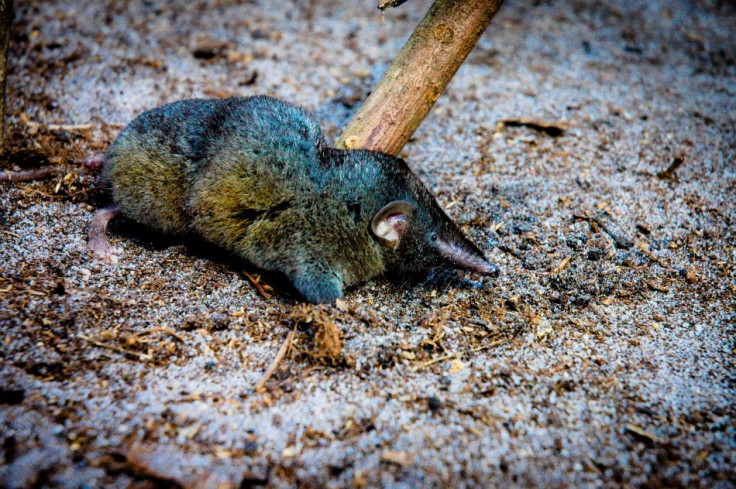DR Congo Explorers Find Hero Shrew with ‘Unbreakable’ Back
Hero shrew has spine up to five times tougher than the rest of its body, say Chicago zoologists

A new species of shrew has been discovered in Africa with one of the strongest backs of any mammal on the planet.
The hero shrew variant was recorded by scientists at Chicago's Field Museum and has been described as an example of an animal with the "most bizarre mammalian spine" on Earth.
Its interlocking vertebrae mean that its spine is up to five times tougher than the rest of its body - a condition not found in any other mammal.
Bill Stanley of the museum, said: "This shrew first came to light when explorers came to the eastern part of the Democratic Republic of Congo. The explorers watched in amazement as a full-grown man stood on the back of the hero shrew, and the animal walked away unharmed."
The animal has been named Scutisorex thori. The hero shrew species was first discovered in 1910 but their strange backbone was not examined for another seven years.
Thor's hero shrew
The newly discovered species has eight lumbar vertebrae in the lower back, while the original hero shrew has 10. Humans have five lumbar vertebrae, Stanley explained.
Scientists believe Scutisorex thori position themselves between the trunk and leaf bases of palms and use their super strong backs to exert force and gain access to food. They may also use their spines to lift logs.
Researchers have suggests a common name for the new species be Thor's hero shrew, after Thor, god of strength and Thorvald Holmes, a scientist from the Humboldt State University Vertebrate Museum.
Kristofer Helgen, a research zoologist and curator at the National Museum of Natural History, told Discovery News: "The discovery of another species of hero shrew is an outstanding find, and shows us how much of life on our planet, even among mammals, remains to be documented by scientists.
"The anatomy of this new species gives important clues about the evolution of the unusually strong spine in this group of shrews, and the authors of the paper provide the first compelling explanation for the adaptive significance of the unusual spine."
© Copyright IBTimes 2025. All rights reserved.






















